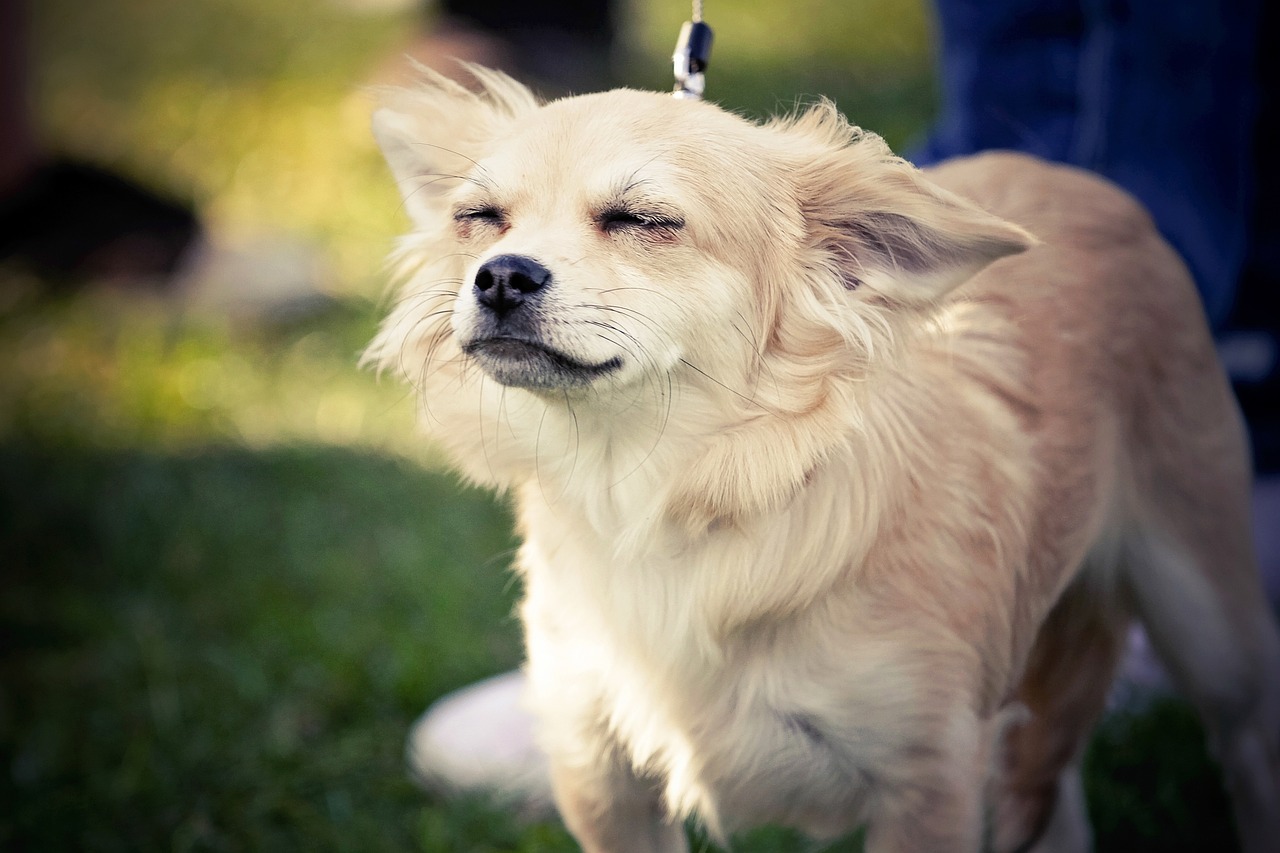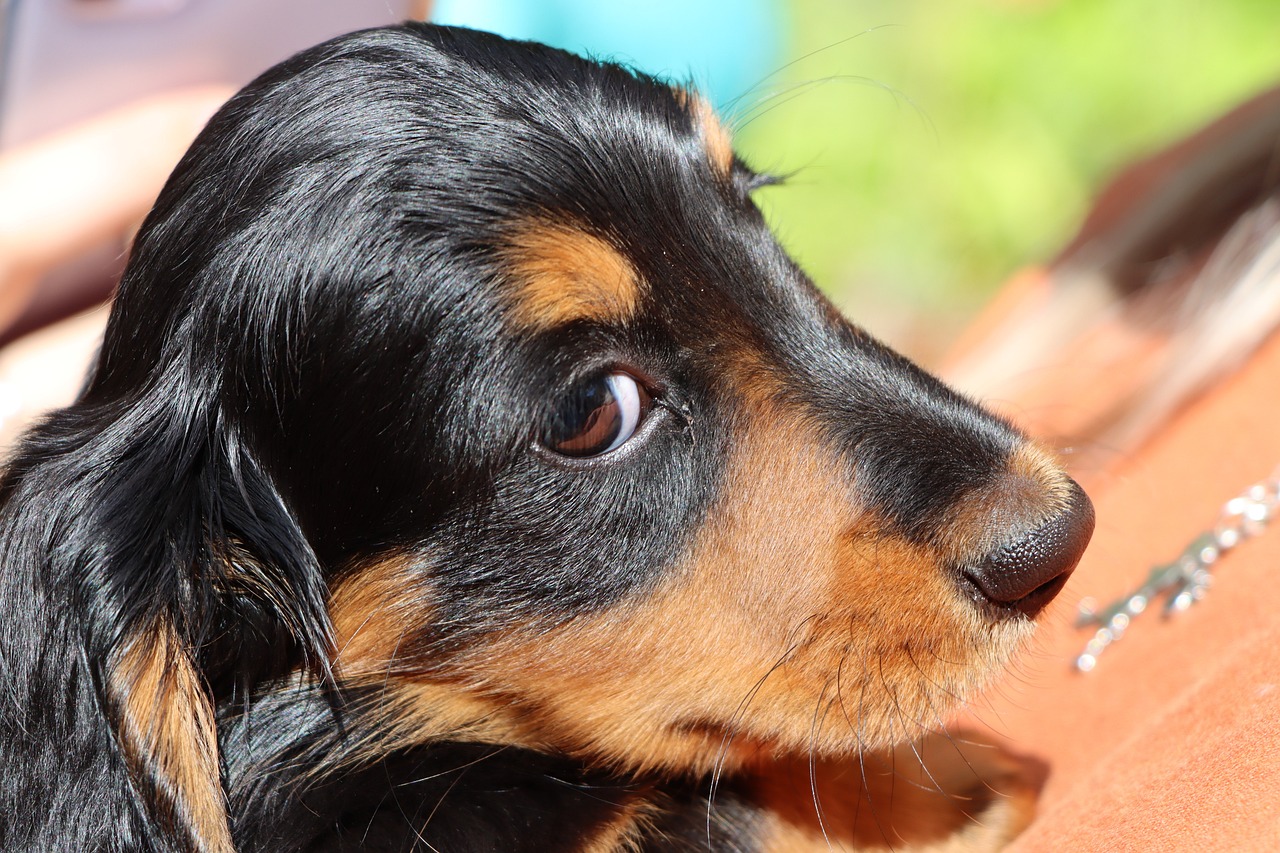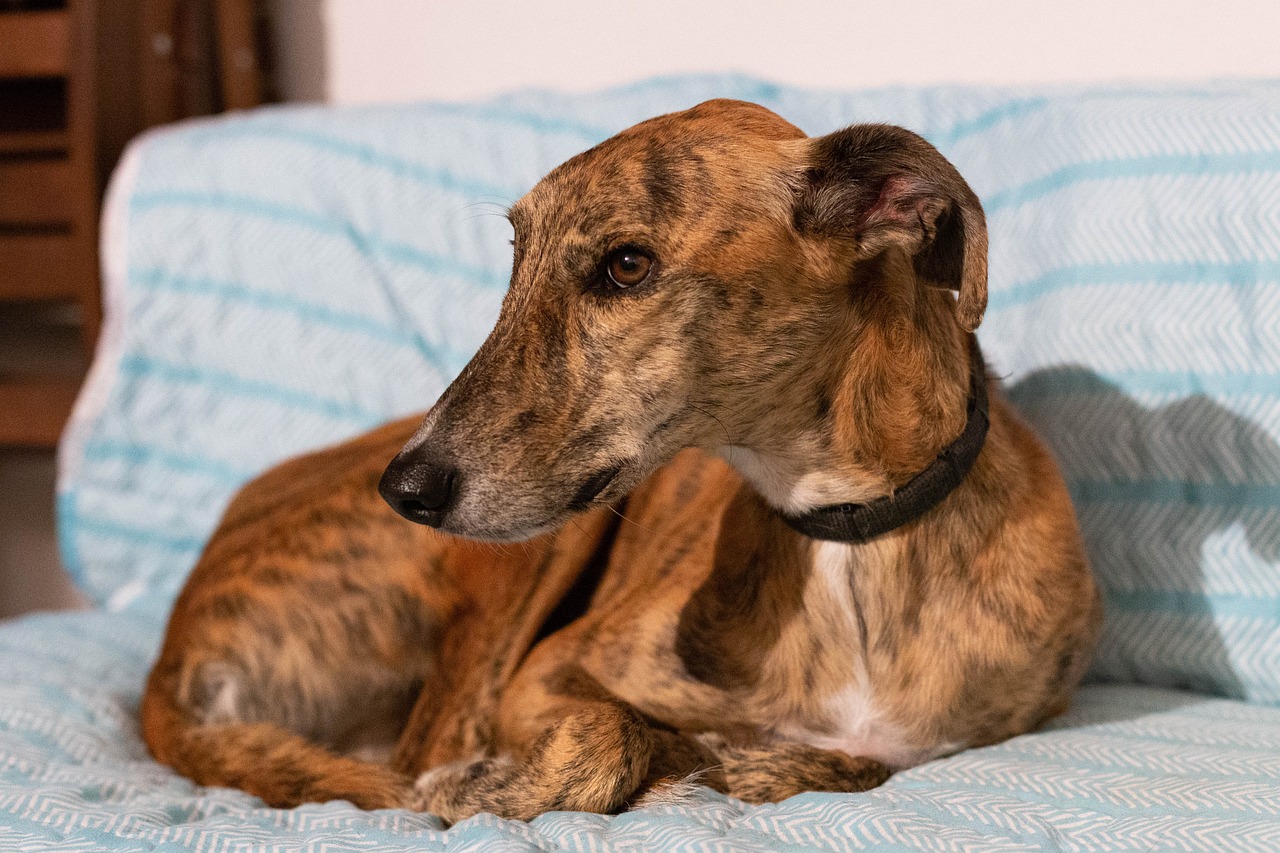
Understanding your dog’s behavior and body language is often quite intuitive. The majority of pet owners are aware of the meaning of a game bow appears like or understand the signs that a dog who has its tail between its legs may be scared or uncomfortable.
Certain of your dog’s body language might be more difficult to read However, it is possible to interpret. The position of the ears of your dog could change according to the mood they are in. The dog may put their ears back due to many reasons.
It is important to pay attention to the dog’s facial expressions an entire. Pay attention to the way their eyes move and if they are tight or relaxed, as well as where their body’s center of gravity is (if they’re in a position to lean away from you, or if they’re sitting or crouched and so on.) can reveal how they feel about their actions. Particularly, pets with pendulous, long ears, such as Bloodhounds because they can’t quite lay their ears flat against their heads.
When you look at the other signals that your dog might be made in conjunction with the position of their ears it is possible to figure out exactly what they are trying to communicate to you. In the meantime Here are some possible reasons why your dog might be putting his ears in a different position.
Contentment
Certain dogs’ ears aren’t naturally pointed and when they’re at ease, it is natural that they will lay back in their normal position. If the ears of your puppy appear to be back but they are not resting flat on your skull could be due to their satisfaction.
Another body language that you can detect if your dog seems relaxed includes a soft face (so there is no furrowed eyebrow or curling of the lips) as well as a loose and relaxed posture, and their tail lying down, but not curling across their legs.
Fear/Nervousness

One of the known significances behind dogs putting their ears back can be a sign that they’re scared or even wary of something. This is especially relevant if you observe this sign when paired with another body language that is ‘fearful’.
A dog that is anxious or fearful could also be blinking and licking its lips, abstaining from the eye (averting its eyes or shifting its gaze away towards you), or opening its eyes wide enough that you can see a tiny speck of the whites in their eyelids (termed ‘whale eye’) while keeping their tails down close to their body by crouching in a low position or pointing your body in a way that is away from anything that is making them anxious.
Warn
A dog that has its ears back, particularly when they’re pinned in a flat position, could be an indication that the dog is likely to take a bit. It is often accompanied by the body language of fear or aggression.
Other indicators that the dog is being pulled toward biting could include grunting, snarling and lip curling or giving hard looks, fur that is bristling or even lunging. Dogs that bite tend to are doing it out of defensive aggression, not offensive. They are driven to safeguard themselves.
Although it can be demoralizing stressing, anxious, and worrying to witness, it’s essential to not be harsh with your dog when they are screaming or making a snarl. If you reprimand your dog for expressing concern about their discomfort or fear and they are taught that these warning signs can land them in trouble. The next time, they might not provide any warning prior to bites, but it’s not solving the issue that caused them to exhibit these behaviors initially.
Instead of reprimanding the dog for his growl Instead, you need to determine what’s the reason your dog is feeling such a way. For instance if they feel overcrowded by new acquaintances and they are uncomfortable, then they must be allowed more space. Then, you can assist them in becoming more at ease with strangers through Positive reinforcement.
Illness/Injury

Dogs can keep their ears in a closed position in case they are hurt and fearful of further injury when they are approached. In rare instances, dogs suffering from an especially severe condition that has ear inflammation could hold their ears back due to the pain. By preventing them from moving, they could be protecting themselves from injuries.
The ears of your dog are extremely fluid and, if they scratch or shake their ear and forcefully, they could break blood vessels within the pinna (the part of the ear that is a flap). If this happens, the pinna is filled with blood, creating an appearance of puffy, softness. In reality, aural hematomas are often called pillow ears due to this. However, it is necessary to seek medical attention from a vet to drain the ear’s pinna from the blood that has accumulated and to treat the inflammation of the ear that led to it.
Treatment of the ear problem and determining the root issue is essential to avoid serious problems or recurrence.
Listening
Sometimes, dogs will draw their ears back to be able to hear what is going on behind them. It is possible to notice this when you’re in the yard with your pet and a family member is calling their dog from inside the home.
Certain cues that can be used to communicate with dogs are fairly easy to grasp. Some, such as ear position may be more complicated. Yes, a dog that is scared may place their ears back however, not all dogs that place their ear back are afraid. If you’d like more details about how to interpret the body language of your pet speaks to a trained dog behaviorist.